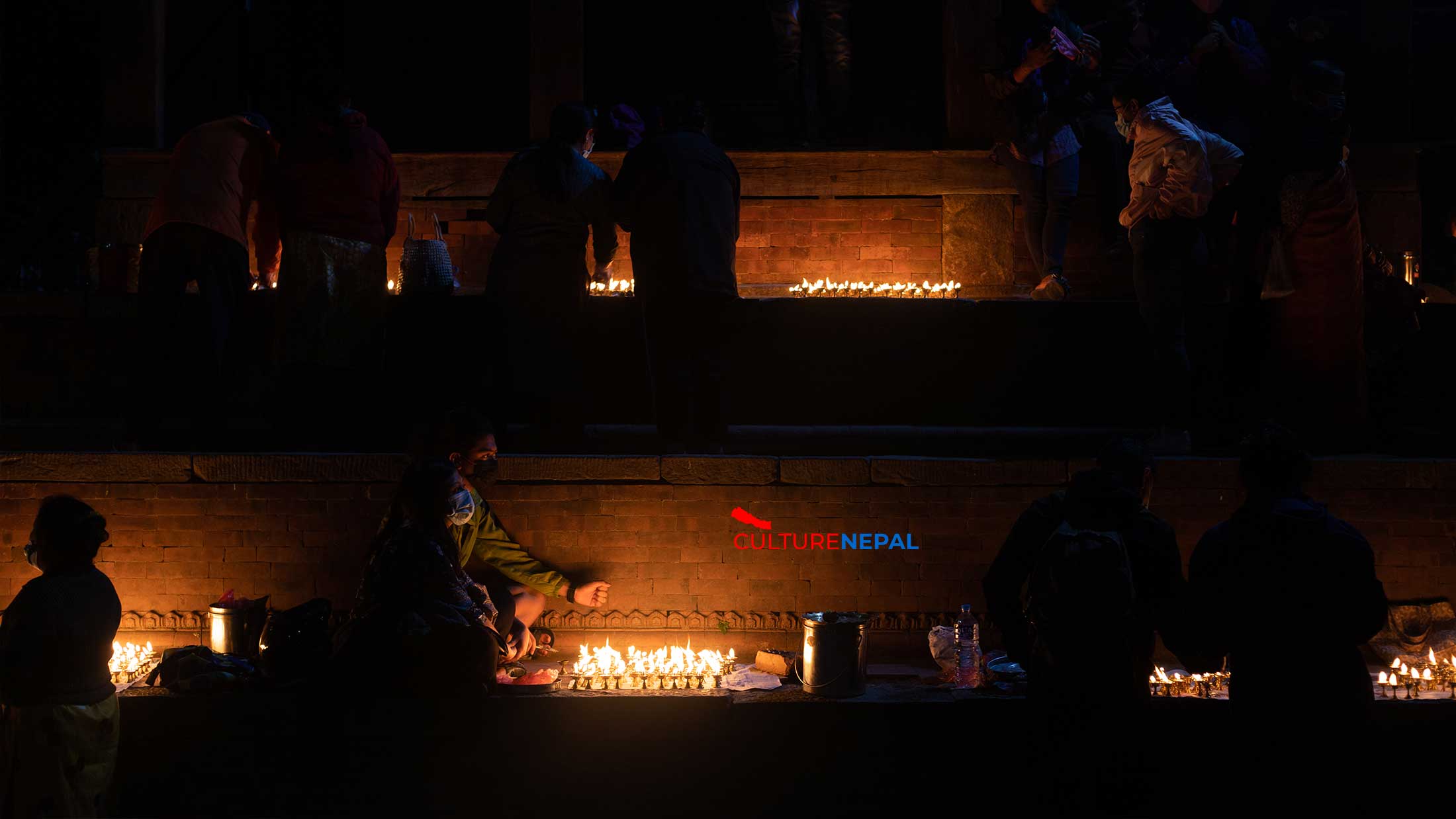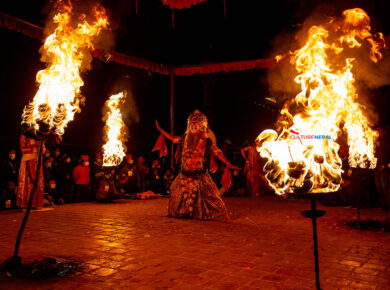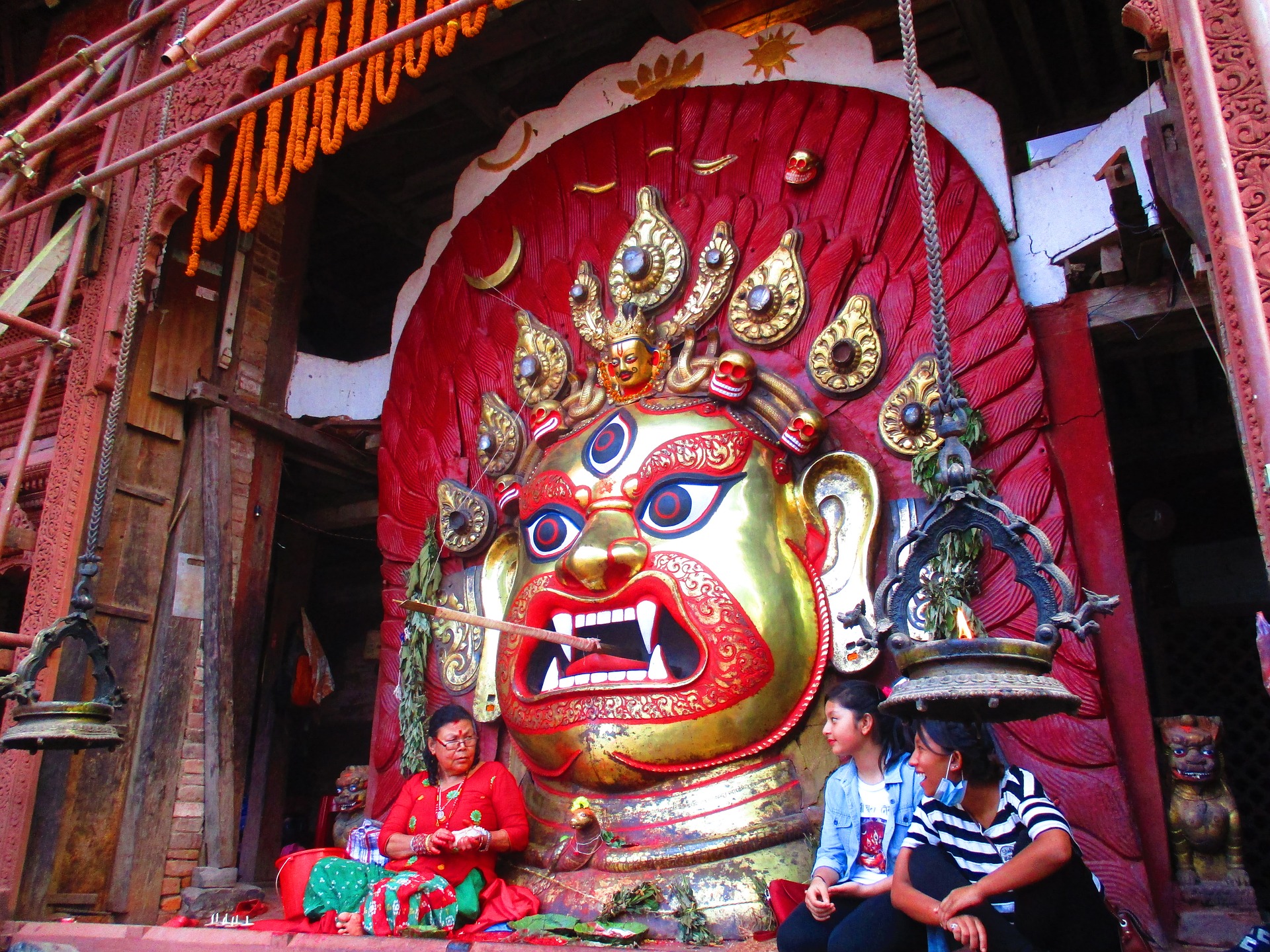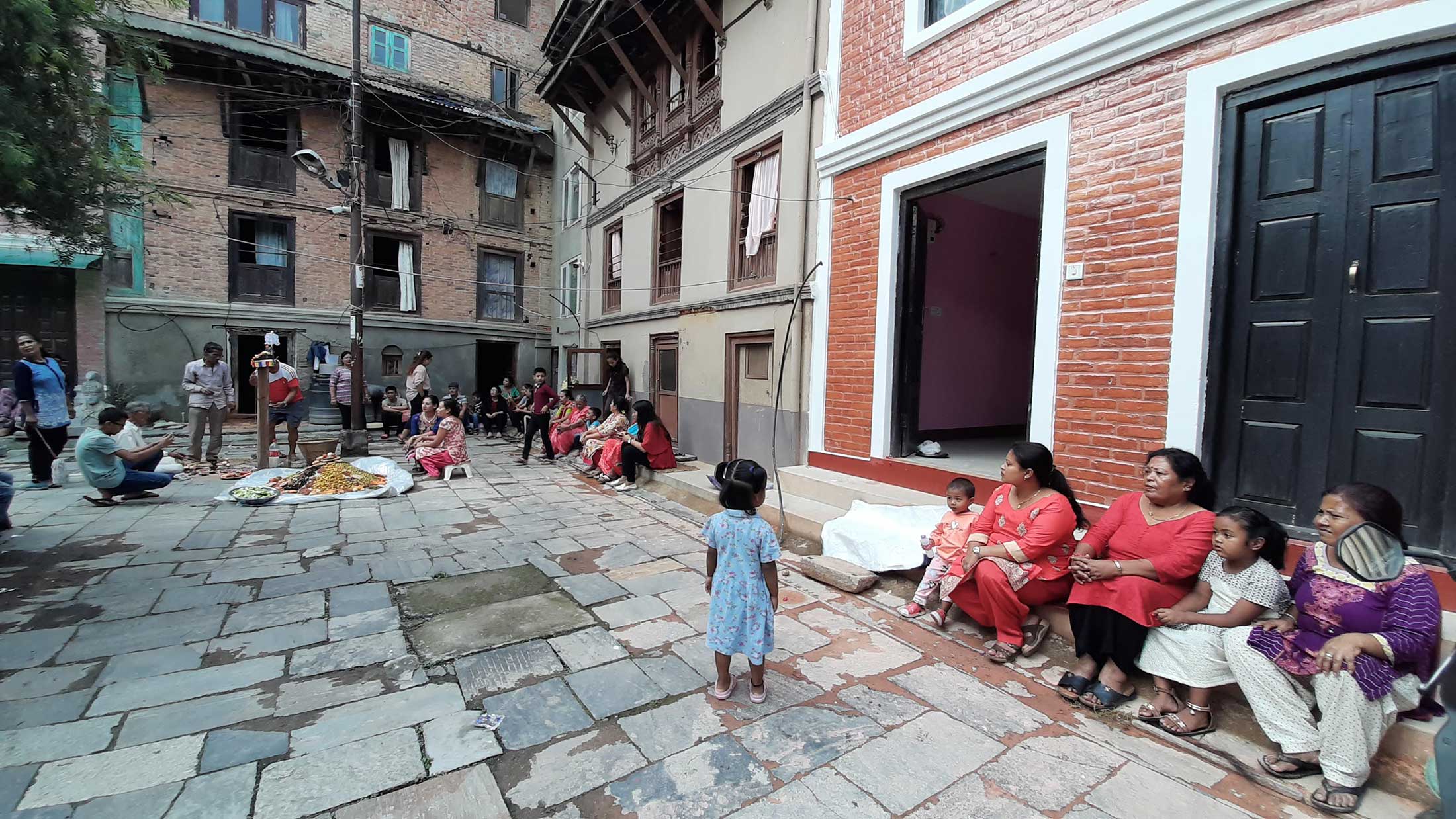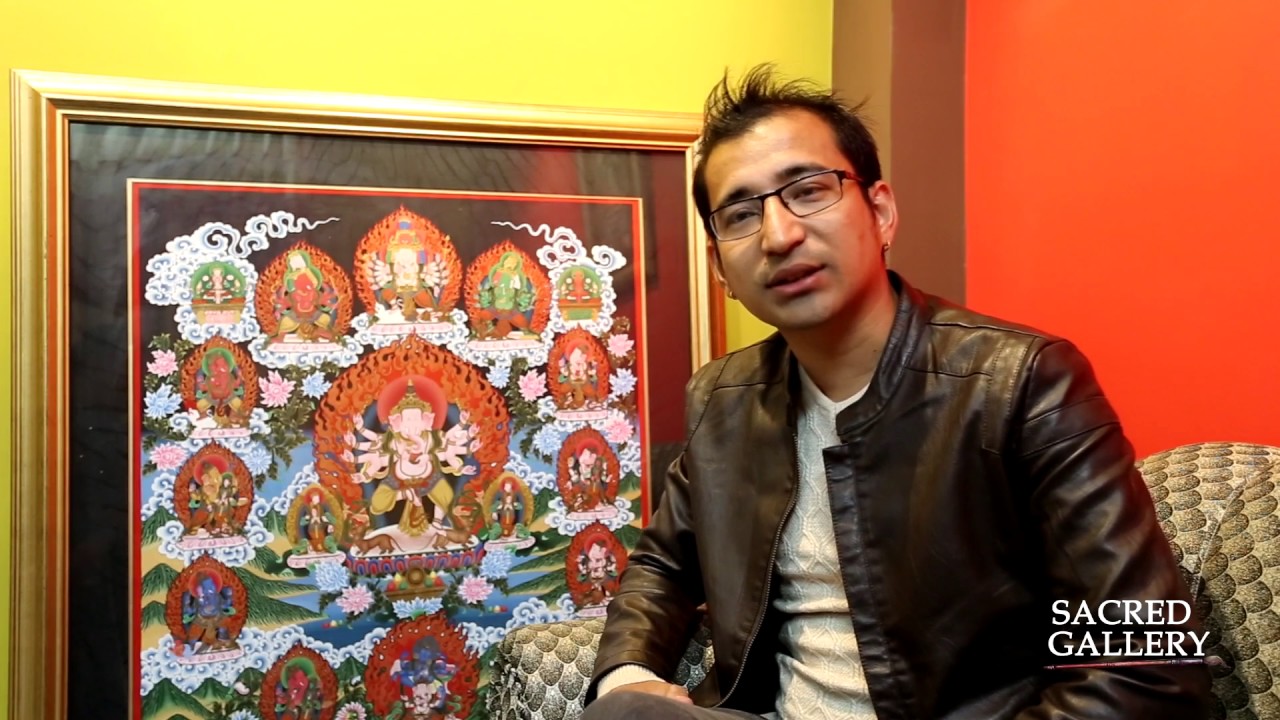The official calendar adopted by the Nepalese is the Bikram Sambat (B.S.). The Bikram Sambat New Year begins with the month of Baisakh (mid-April). For all religious festivals and auspicious personal events and rituals, Nepalese make use of the lunar calendar. Religion plays a very vital role in all festivals in Nepal, whether Hindu or Buddhist. One can see a blend of these two religions in most of the Nepalese festivals. Nepalese celebrate festivals with great enthusiasm and élan. It is said that hardly a day passes in Nepal without a festival being celebrated somewhere.
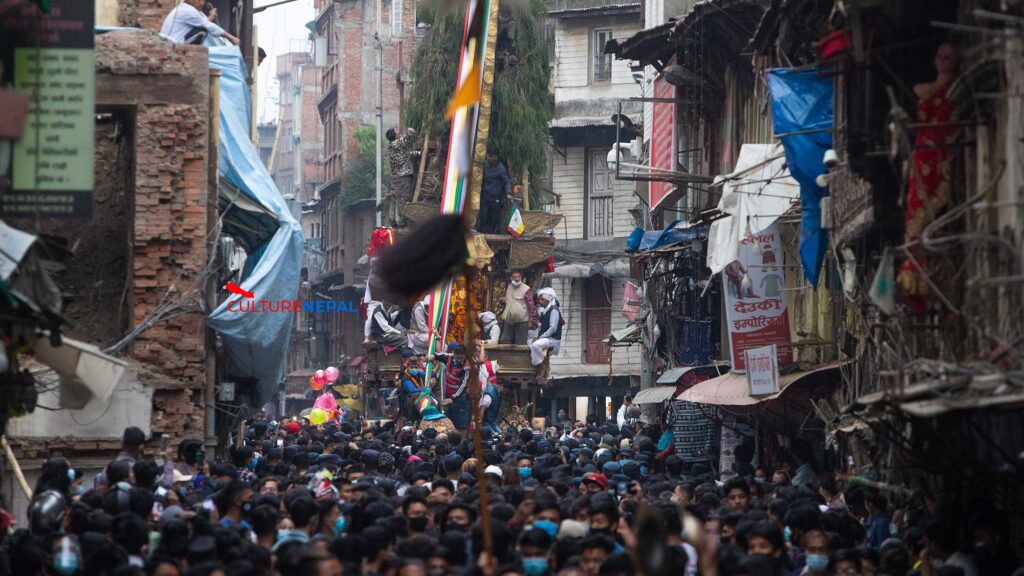
Certain festivals are celebrated nationwide, while others are of a local nature, observed within a certain region or community. Based on this, Nepalese festivals can be broadly classified into three categories: those that are celebrated nationwide, regionally or locally, and by the community. Major festivals like Bada Dashain, or Durga Puja, Tihar, or Laxmi Puja, Buddha Jayanti, or the birth anniversary of Lord Buddha, Shiva Ratri, or the birthday of Lord Shiva, Janai Purnima, Ram Navami and Krishna Janmasthami are celebrated throughout the country.
Some prominent festivals that are celebrated with great fanfare are the Indra Jatra of Kathmandu:
- Rato Machhindranath Rath Yatra of Patan
- Bisket and Bhairav Rath Yatra of Bhaktapur
- Ghoda Jatra of Kathmandu
- Maghe Sankranti, or the first day of the month of Magh
- Chandeshwari Jatra of Banepa, Patanchowk Bhagwati Jatra of Palanchowk
- Bhagwati Jatra of Palpa
- Gosain Kunda Mela at Gosain Kunda in Rasuwa district
- Haleshi Mahadev Mela of Khotang
Similarly, other noteworthy local festivals are the Gatha-Muga, or Ghanta Karna, in Kathmandu, chariot pulling festival of the Kumari in Kathmandu, Bajra Barahi Jatra of Tistung in Makwanpur, Janaki Vivaha, or Vivaha Panchami, in Dhanusha, Triveni Meta at Udayapur, Baraha Chhetra Meta in Sunsari, Mai-Pokhari Mela in Ilam, Bhimsen Jatra in Dolakha and Indreshwar Mela in Panauti. Festivals such as Chhath, Fagu and Ho (festival of colours) are celebrated regionally.

Nepalese festivals are generally woven around the monsoon-driven agricultural cycle, and with rice being the most important staple crop, many of these festivities are observed after the plantation and harvesting of paddy. Every festival involves the worshipping of the concerned deities and then sitting for a feast thereafter. A legend or folklore is behind every festival in Nepal.
